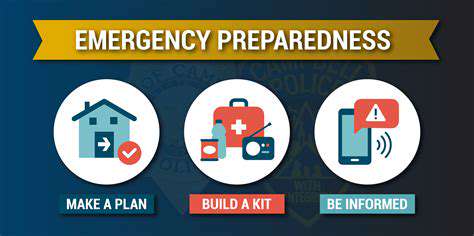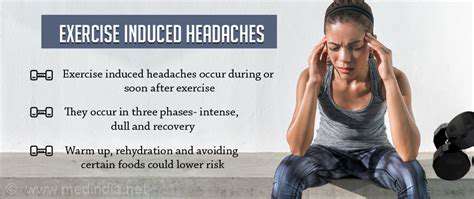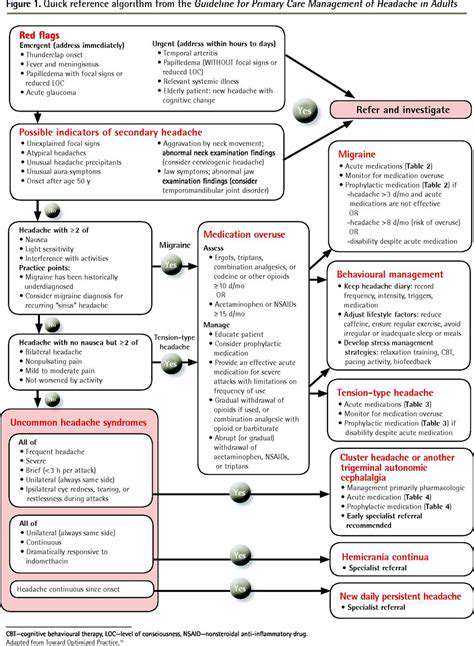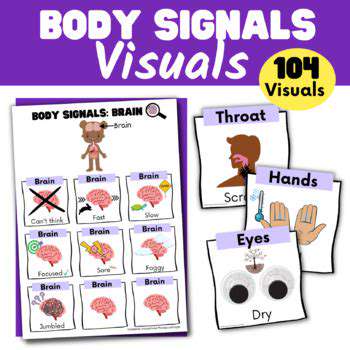Weather Changes: Preparing for Barometric Pressure Shifts
Recognizing the Signs of an Approaching Pressure Change
Understanding Atmospheric Pressure Fluctuations
Atmospheric pressure, though invisible, plays a pivotal role in shaping our weather. These invisible shifts can herald everything from gentle rains to violent storms. By learning to interpret these changes, we gain valuable foresight into precipitation patterns, temperature swings, and even extreme weather threats. The ability to read these signs - even without obvious visual clues - forms the foundation of weather preparedness.
The dance of atmospheric pressure stems from complex interactions between temperature, humidity, and air movement. Warm air expands like a balloon, lowering pressure, while cold air contracts like a squeezed sponge, increasing it. Moisture content further modifies this equation, as water vapor makes air less dense. Grasping these fundamental principles helps decode nature's subtle warnings before weather changes occur.
Observing the Indicators of Pressure Changes
Though we can't feel pressure directly, its fingerprints appear throughout our environment. A plunging barometer often signals approaching storms, as these low-pressure systems suck in warm, moist air like a vacuum. This moisture surge might reveal itself as thickening clouds, morning mists, or that sticky feeling in the air. Conversely, climbing pressure typically forecasts fair skies, as high-pressure systems act like atmospheric bouncers, keeping stormy weather at bay.
Barometers serve as our pressure detectives, but they shouldn't work alone. Their clues gain meaning when combined with other evidence - shifting winds, temperature swings, and cloud formations tell the full story. Even wildlife can provide hints; some animals become restless or change behavior as pressure shifts. While not perfectly reliable, these natural barometers offer additional context for weather prediction.
Preparing for Pressure-Related Weather Events
Reading pressure changes transforms us from weather victims to weather strategists. When the barometer starts its downward slide, it's time to batten down the hatches - secure patio furniture, check emergency supplies, and stay updated on forecasts. This proactive stance minimizes storm damage and keeps families safe when weather turns foul.
On the flip side, rising pressure invites us outdoors. Farmers can schedule planting, event planners can finalize outdoor weddings, and families can confidently plan picnics. This predictive power proves especially valuable for those whose livelihoods depend on weather conditions, allowing smarter decisions about crops, construction, and commerce.
Local knowledge amplifies these preparations. Understanding regional weather patterns helps distinguish between routine pressure changes and potential danger signs. This hyper-local awareness, combined with modern forecasting, creates a powerful toolkit for weather readiness.
The Impact of Barometric Pressure on Human Well-being
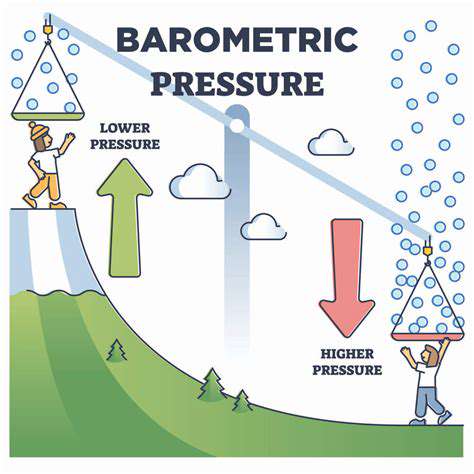
Understanding Barometric Pressure Fluctuations
Barometric pressure acts like an invisible ocean above us, its weight constantly shifting. These fluctuations, measured in millibars or inches of mercury, serve as nature's weather telegraph. They whisper secrets about coming storms long before clouds appear on the horizon. Decoding these atmospheric messages requires understanding how warm air rises like a hot air balloon, creating low pressure zones, while cold air sinks like a stone, building high pressure areas.
These pressure differences don't just sit quietly - they drive the winds that shape our weather. The greater the pressure difference between two areas, the stronger the winds that rush to balance the scales. This constant atmospheric balancing act, influenced by temperature and humidity, creates the ever-changing weather patterns we experience.
Effects on Human Health and Well-being
Our bodies often serve as sensitive barometers, especially for those with chronic conditions. Migraine sufferers might sense an approaching storm before weather apps do, as pressure changes affect fluid dynamics in the brain. Arthritis patients may feel like human weather vanes, their joints stiffening with pressure drops. Even respiratory systems can struggle as air pressure alters oxygen absorption rates.
While most people weather these changes without issue, some report subtler effects - afternoon drowsiness when pressure falls, or unexplained mood shifts with rapid changes. Scientists continue exploring these connections, but the emerging picture suggests our bodies respond to atmospheric changes in ways we're only beginning to understand.
Applications in Meteorology and Forecasting
Modern meteorology treats barometric pressure like a vital sign. Pressure maps reveal the atmospheric landscape as clearly as topographic maps show mountains and valleys. By tracking these pressure patterns, forecasters can predict storm paths days in advance, saving lives and property. Sophisticated computer models digest pressure data alongside other variables to generate increasingly accurate forecasts.
From farmers planning harvests to airlines routing flights, pressure-driven forecasts shape countless daily decisions. This predictive power helps communities prepare for extreme weather, allows businesses to optimize operations, and gives families the information needed to stay safe during severe events. As forecasting technology advances, these pressure-based predictions continue improving in both accuracy and lead time.
